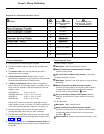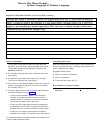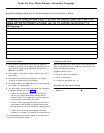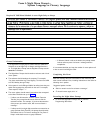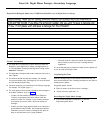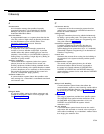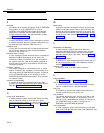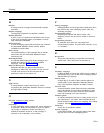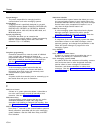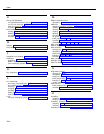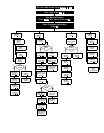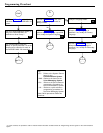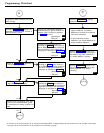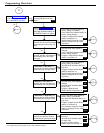
Glossary
System Manager
The person responsible for managing both the
communications and voice messaging systems.
System phone
A telephone that is specifically designed for use with
PARTNER systems. Models include the PARTNER-34D,
PARTNER-18D, PARTNER-18, PARTNER-6, MLS-34D,
MLS-18D, MLS-12, MLS-12D, MLS-6, MDC 9000, and
MDW 9000 phones.
System programming
Procedures that allow you to customize the
communications system settings. System programming
requires a system display phone and is done from
extension 10 (or 11 if available).
T
Telephone programming
Customizes extensions to meet the needs of individual
users, including the assignment of features to
programmable buttons. Telephone Programming can be
done either centrally or from the user’s own extension.
See also Centralized Telephone Programming and
Extension Programming.
Tutor
A voice messaging system feature that lets any
communications system user access and listen to
information about their phone and commonly-used
communications system features.
206 module
A system module that contains jacks for connecting up to
two outside lines and up to six extensions.
V
VMS Cover button
A button on a system phone that allows a subscriber to
turn voice mail coverage on and off manually at that
extension. See also Automatic VMS Cover.
VMS Hunt Delay
A communications system feature that lets you set the
Automated Attendant to handle calls using either
Immediate Call Handling or Delayed Call Handling. See
also Delayed Call Handling and Immediate Call Handling
VMS Hunt Group
Hunt Group 7, reserved by the communications system to
identify extensions associated with the voice messaging
system hardware. See also VMS Hunt Delay and VMS
Hunt Schedule.
VMS Hunt Schedule
A communications system feature that allows you to set
the communications system to route outside calls to the
Automated Attendant Service always, only when the Night
Service button at the receptionist’s extension is on, or
only when the Night Service button is off.
VMS Line Coverage
A voice messaging system feature that lets the System
Manager associate a personal line with a specific
subscriber’s mailbox for voice mail coverage. See also
Group Call Distribution and Line Ownership
Voice Mail Service
A component of the voice messaging system that allows
subscribers to listen to and delete messages, record
personal greetings, and change their passwords. It also
allows the System Manager to program the voice
messaging system.
Voice Mailbox
See Mailbox.
Voice Mailbox Transfer button
A button on a system phone that enables the user to
transfer a call directly to a subscriber’s mailbox.
Voice messaging system (VMS)
An optional device that automates call handling: answers
calls and routes them to caller designated extension;
permits callers to leave messages at unanswered
extensions; and allows subscribers to retrieve their
messages. See also Automated Attendant Service, Call
Answer Service, and Voice Mail Service.
GL-4



